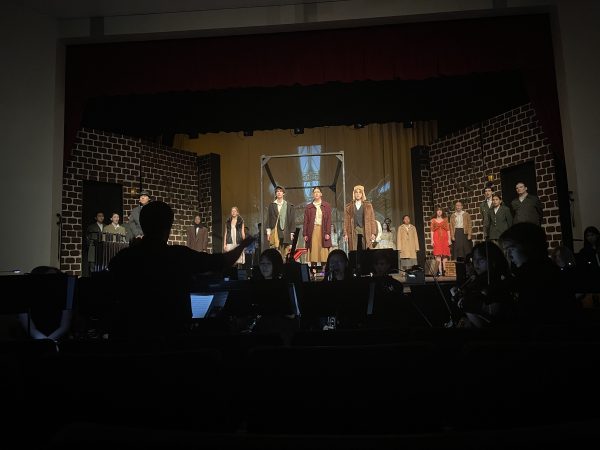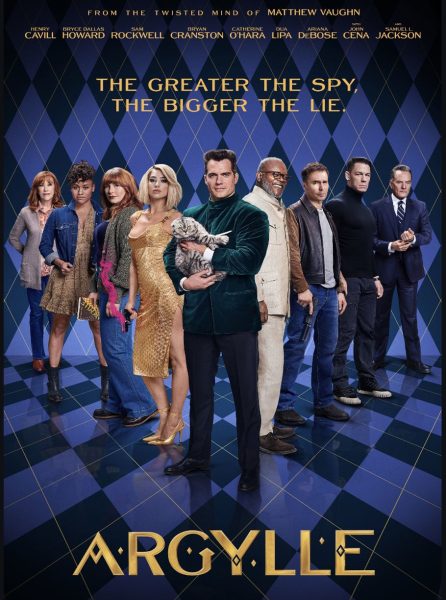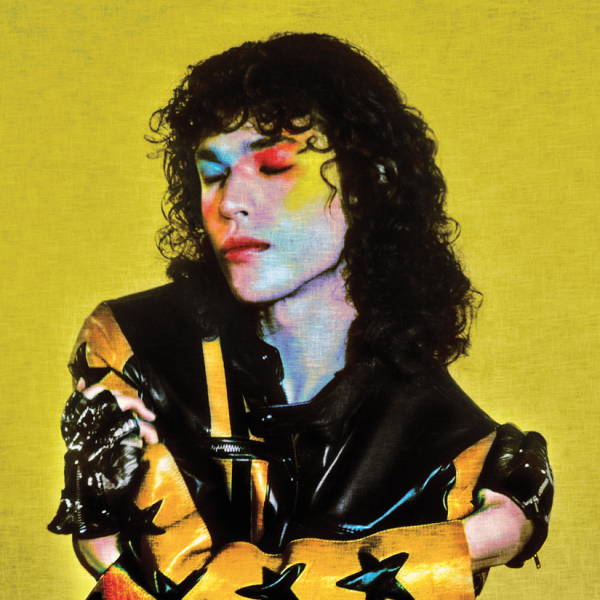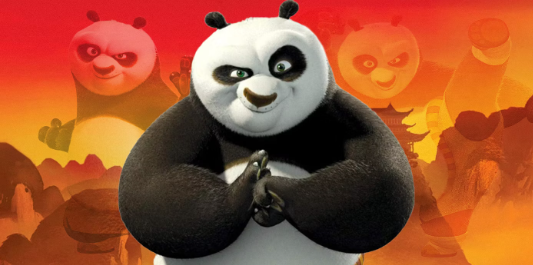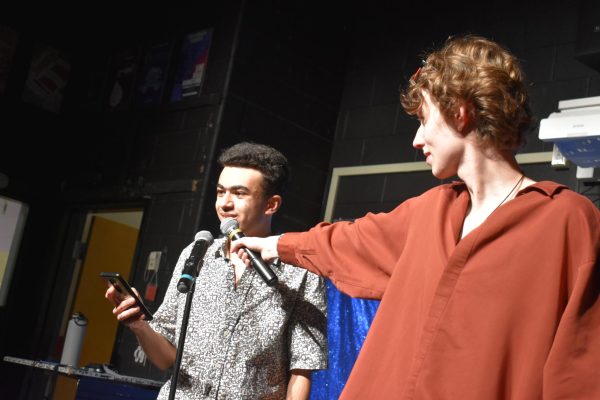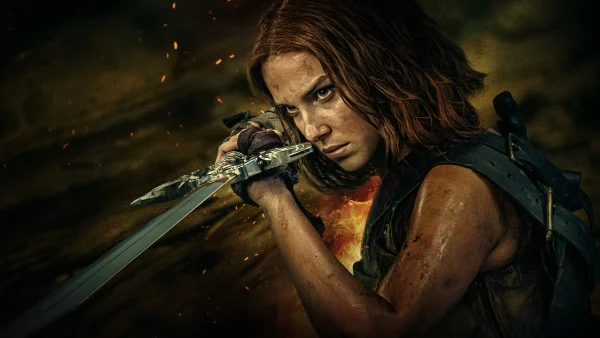Anime Winter 2014 Mid-Season Report Card
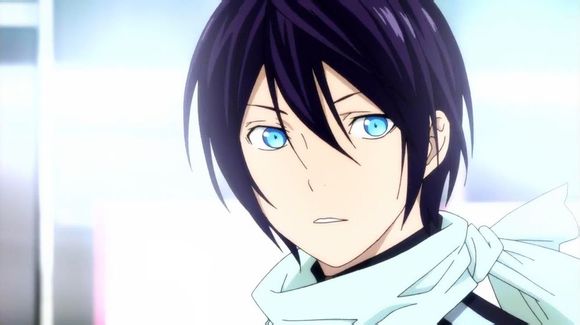
March 2, 2014
The Anime Winter Season 2014 has kicked off to a bit of a cold start. Even currently airing titles such as the hyped-up Space Dandy, a widely anticipated series for both subbed or dubbed fans and directed by the legendary Watanabe Shinichiro, the season is unremarkable and lackluster.
While there are other notable titles ranging from Noragami, to the psychedelic and classy Hamatora the Animation, to the delectable 7-minute episodes of Tonari no Seki-kun, the bulk of the titles are lukewarm at best and Winter 2014 has not turned over nearly enough quality substance. However, there is still more to the season than meets the eye and along with a review of Fall 2013 leftovers, here’s a look at what’s worthwhile and what’s to be salvaged.
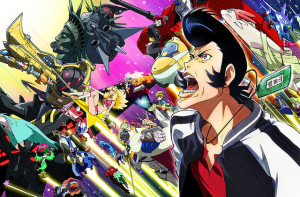
1. Space Dandy
Grade: B+ Episodes seen: 7
Undeniably attentive to visuals and certainly full of eye candy in regards to animation, Space Dandy is a job well-done in the visuals department. Meshing western concepts with anime, celebrated director Watanabe Shinichiro seems to use the opportunity as an outlet for his palette of creative directing. However, high quality presentation on the surface aside, the humor and the atmosphere has not been able to reach the same levels of depth. The humor comes off as a tad bit force, and though there are some nice hits, it doesn’t all work out and the episodic plots are also lacking in depth impact on the viewer. Nevertheless, Space Dandy is a fun show to watch, and with any luck, it may deliver the brilliance fans hope for.
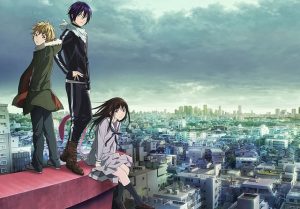
2. Noragami
Grade: A- Episodes seen: 7
Smooth and tasteful art, coupled with some decent action, animation, and a solid storyline with strong characters, Noragami has the whole package. While it had gotten off to a slow start and wandered a bit with its introduction and direction, it has since developed an intriguing story as well as tension between characters who are both relatable and likeable. Studio BONES has executed this series with elegance and the oncoming story is promising. Out of the Winter 2014 batch, Noragami is highly recommended.
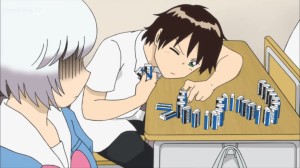
3. Tonari no Seki-kun
Grade: A+ Episodes seen: 6
Tonari no Seki-kun is 7 minutes per episode. However, that doesn’t stop it from being immensely entertaining to watch. The story is simple, Yokoi Rumi sits next to Seki-kun in her class, who is a master of making the most out of class time in every possible way other than learning. Seki-kun and his shenanigans are adorably imaginative, as is the chemistry between the leads. Every episode is delightfully humorous and creative, making this series is a highly enjoyable watch.
4. Nobunagun
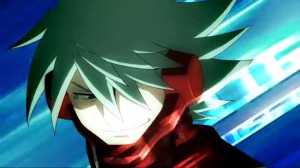
Grade: C- Episodes seen: 7
One of the two shows centered on the concept of mashing historical figure Oda Nobunaga with mecha and reincarnation, Nobunagun is lackluster, especially in its presentation with visuals and voice-acting. The art is quite bland and designs are unappealing, and this is combined with a female lead with a rookie seiyuu (voice actor) whose inexperience shows all too clearly. The story is, as well, rather by-the-numbers and hasn’t turned up with much substance to chew on. Overall, the quality is not enough, even if viewers get a kick out of watching Newton represented as a tall woman whose power consists of her stomp causing enemies to gain extra pounds.
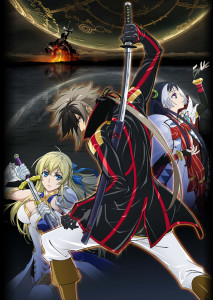
5. Nobunaga the Fool
Grade: C+ Episodes seen: 7
Nobunaga the Fool certainly has a pleasing art style and character designs, as well as their interesting use of tarot cards marking each episode. However, the reoccurring and bizarre idea of throwing Oda Nobunaga, robots, and other historical figures like Julius Caesar or Joan D’Arc, hasn’t demonstrated itself to be a very successful idea so far. Mecha action has been decent, albeit exceedingly leaning towards simply being shiny to watch and with less rough grit in the action of the combat sequences. However, the issue of the female lead Jeanne Kaguya D’Arc, reincarnation of Joan D’arc arises. Will she live up to becoming a strong female lead to match a somewhat jerk of a male lead Nobunaga? So far, her role has been reduced at times to mere fan-service and tasteless humor though she has a had a scarce few redeeming actions. If the series can tie up a plot line encompassing the two stars, make the action a bit more interesting, as well as have Jeanne step up to the plate, it may approach an A, who knows?
6. Hoozuki no Reitetsu
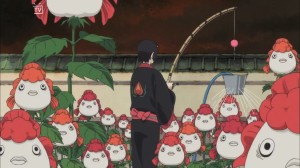
Grade: A- Episodes seen: 7
Hoozuki no Reitetsu may very well take the cake for most visually interesting or perhaps most intriguing setup. Unique and quirky characters and an equally quirky environment, Studio Wit has taken some notable steps in the creativity with this amusing and entertaining concept of mixing hell with a bureaucratic setting. The humor however, has its cons as much of it relies on references from rather nice tales of Japanese folklore, to video games, to other anime. This is a bit of a downside as not all the audience may fully catch the jokes, however, the series is enough to be a quality show even if every quip flies over your head.
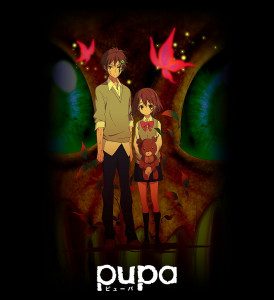
7. Pupa
Grade: D- Episodes seen: 6
Pupa is downright awful. Terrible to the point of being hilariously funny how awful it’s made, but then again, it only serves to provide yet another example of Studio DEEN’s reputation for inept adaptations. This is only painfully obvious in Pupa as they clumsily attempt to throw together a horror story. Apparently, the airing schedule had also been delayed due to scenes being too gory and had to be censored. However, it was censored to the point of staring at nearly completely black screens. The level of incompetence is laughable, yet I feel a curious mixture of pity for the series; it clearly was supposed to be a full-length series but was cut and at some scant moments, there are scarce glimpses of a creepily intriguing concept. There also some shots, admittedly, that at least serve the creepy shock-factor by themselves such as a scene of a baby eating the corpse of a dead bird off the floor. But well, at the very least they’re only five minute long episodes; and actually, even less if you cut the opening and ending songs.
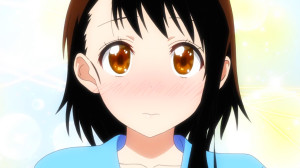
8. Nisekoi
Grade: C+ Episodes seen: 7
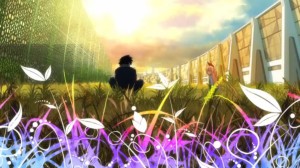
A prime example of a ‘SHAFT-ized’ work, studio SHAFT and famed director Shinbo Akiyuki’s art direction has engulfed and overtaken Nisekoi. A simple romance with no shortage of cliches, Nisekoi has demonstrated itself to be essentially an incredibly flat story, playing out countlessly over-used romance tropes and the series has clearly not been able to distinguish itself from the thousands of its peers in the stale genre. Shinbo and SHAFT has also left their marks all over the place, from their signature “head-tilt” camera shots and geometric patterns, to silhouetted architectural structures in the background, the visuals are certainly well-done and interesting at least. However, their over-use of their own trademarks may very well serve as a double-edged sword as it simply appears to be another case of style without substance. Putting Shinbo and SHAFT aside, the story is a generic love-triangle, however it’s a tolerable watch at the least and perhaps, it’ll (hopefully) come up with something that every other cliched romance anime out there doesn’t have.
9. Hamatora the Animation

Grade: A- Episodes seen: 7
Stylish with a touch of class, Hamatora the Animation appears to be of an episodic nature with its introduction and individual stories, however it has been able to develop an underlying plot brewing and established itself with a pattern of filler-like episodes ending with cliffhangers. The psychedelic visuals, combined with pleasing character designs, and quirky humor are a nice package. The past few episodes have also picked up the tension and shows potential for a juicy plot and hopefully it’ll hit its pace with a clearer storyline direction or even better yet, tie together all the teaser-like plot threads it has hanging around.
Fall Season leftovers
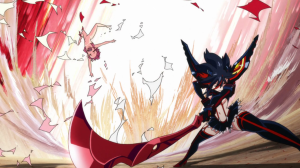
1. Kill la Kill
Grade: A+ Episodes seen: 19
Kill la Kill has delivered. Filled to the brim with craziness, the show has cooked up a roller coaster of a thrill with cliff-hangers and plot twists, coupled with social satire and witty jabs in their humor for maximum effect. Though having some budget problems as seen in their sub-par animation at moments, Kill la Kill makes up for it all, developing amazingly all along and isn’t all about fan service as some may think. And if that’s the sentiment, the viewer is completely missing the real point of the show.
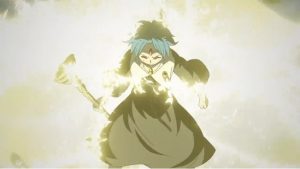
2. Magi: The Kingdom of Magic
Grade: B+ Episodes seen: 20
As the second season of Magi: The Labyrinth of Magic, it has held up with an overall solid enough watch. The introduction was flimsy, with eye-rolling humor-oriented episodes; however, Kingdom of Magic has stayed true to its source material (manga) and has a way with world-building. Drawing audiences in with the depth of the fantasy world of magic it has created, it succeeds commendably in these areas. However, the drawbacks have left their impact, as Magi deals with an over-bloated cast and plays up to standard shounen-fare (boy’s comics) at times, rendering their merits less distinguished. However, it has a interesting success in its ability to balance darker commentary with light-hearted sentiment. The prominent flaw with the series is its tendency to be plagued with shounen tropes, but nonetheless, Magi is a worthwhile show to keep up with.



